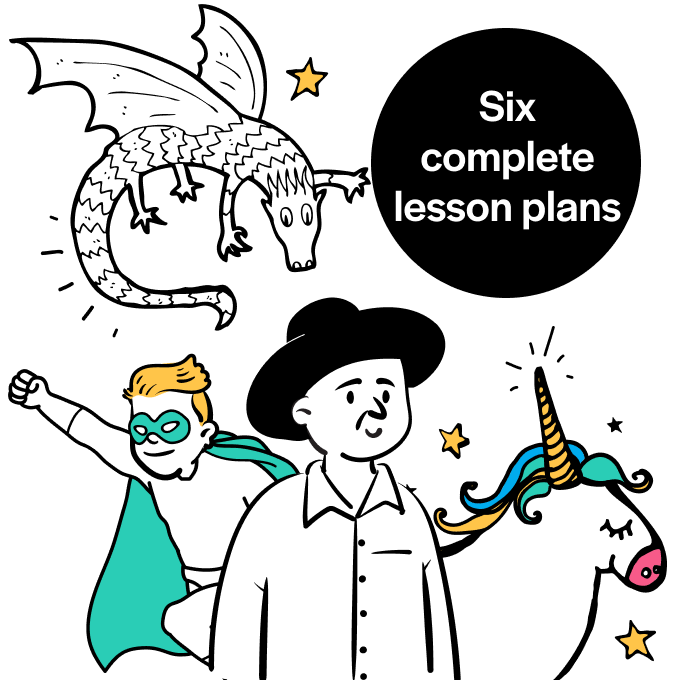Setting desirable difficulty – A brief guide to what works

Adam Riches offers some concise suggestions for pitching your lesson’s difficulty at just the right level…

- by Adam Riches
- Teacher, writer and educational consultant

Robert Bjork’s concept of desirable difficulties suggests that introducing different levels of difficulty into learning significantly improves recall, retention and general memory performance.
By ensuring that learning is pitched to a ‘desirable difficulty’, teachers can stretch learners enough to help them progress. If the difficulty isn’t desirable, learners likely won’t progress as well as they potentially could.
As teachers, we often find solace in student success, so the notion of challenging students to the extent that they may not succeed can feel daunting. Learning isn’t easy, and at times, nor is getting students to engage.
Teachers typically can’t afford to waste a minute of lesson time, which means making sure your planning doesn’t include tasks requiring minimal effort or brain power. Tasks should instead be planned for the right degree of success. Pitch it too easy, and students will think that learning has occurred, only to instantly forget what they’ve learnt.
The desirable difficulty for any individual should be around 80% – they’ll mostly succeed, but sometimes get stuck and have to think more deeply before succeeding fully.
Consider also spacing learning sessions apart, rather than massing them together; testing learners on material rather than having them simply restudy it; and having learners generate target material via puzzles or some other active process, rather than just passive reading. Additionally, try varying the settings in which their learning takes place.
Trending
Any of the above approaches will service to insert additional hurdles for the learners in your class, thus increasing the difficulty of a task, or series of tasks. In the absence of difficulty, learners won’t be able to adjust when encountering such obstacles in their learning, and have fewer chances to build up their resilience.
In the short term, student successes can boost your confidence and make you think your teaching is effective – but ensuring a good level of challenge is what will ultimately help your learners most in the long run.
Don’t allow yourself to be lulled into a false sense of security.
Adam Riches is a senior leader for teaching and learning; follow him at @teachmrriches







